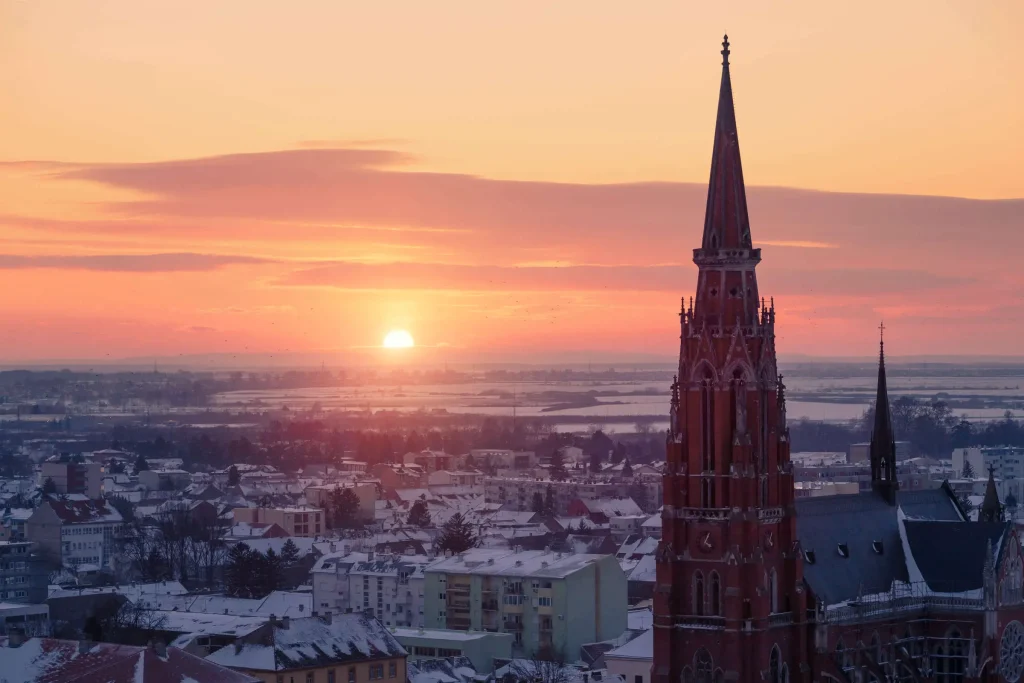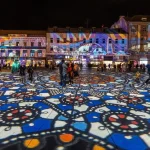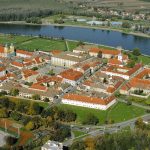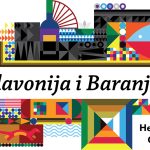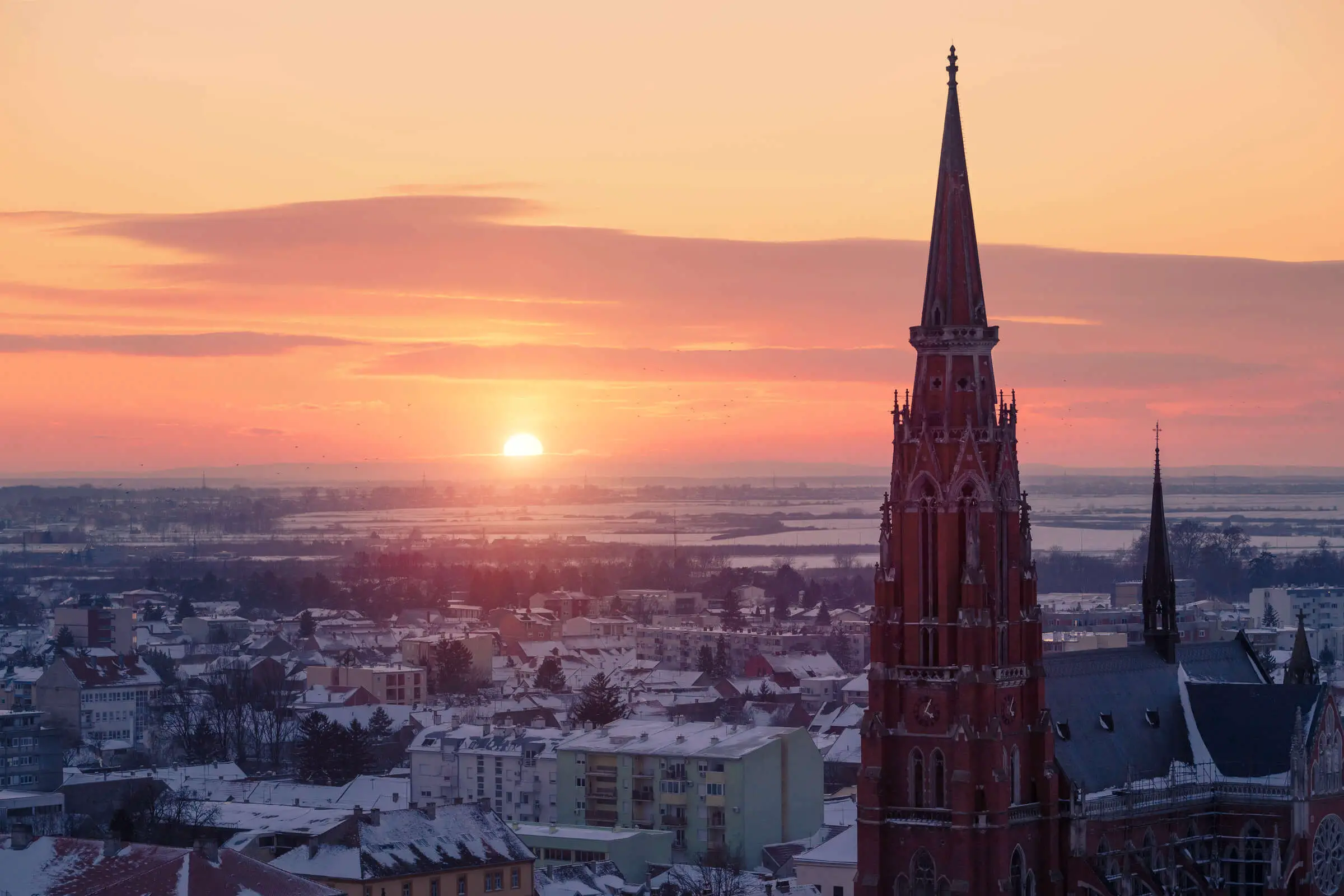
September 24, 2020 – The biggest town in the heart of Slavonia, we present 20 must-visit things in Osijek.
A city where storks live on city buildings, red wounds on facades reminiscent of days of courage, and street art testifies to the city’s past and present rhythm. As Punkufer reports, whether you are a fan of wineries and vineyards, old castles and forts, or you want to enjoy the romantic combination of the Drava and the Danube in the middle of golden and green plains, Osijek is the place for you.
1. The famous Osijek Fortress
The fortified part of the town from the 18th century, you’ll find St. Trinity’s statue. There is also the General Command Building, which you’ve seen elsewhere even if you have not been to Osijek – on the 200 kn banknote, which also has the floor plan of the old fortress.
At the time of its construction, it was one of the largest and most modern military fortifications in Central Europe. To this day, only a small part of the old walls has been preserved. It is believed that the body of General von Beckers, who led the construction of the wall, is in the walls of the Fortress. But there are more intriguing legends and beliefs…
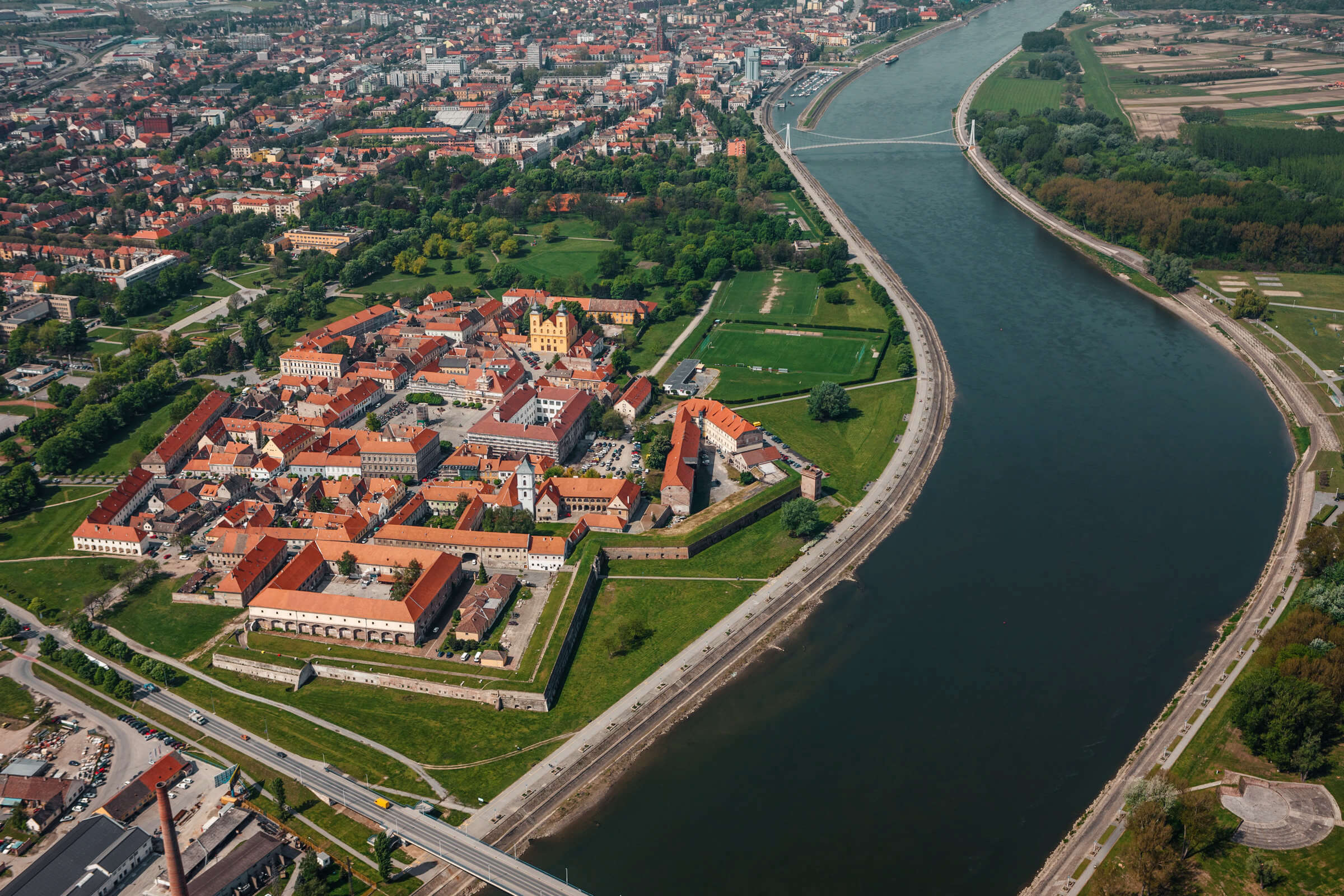
Osijek | Photo by Romulic and Stojcic
2. City of legends
The legend of the missing treasure: when Napoleon was ravaging Europe, the treasury of the Habsburg Empire was transferred on ships among the safe walls of the Osijek Fortress. After the danger passed, the treasury was returned, but one chest disappeared forever in Osijek, and it was never known where the money was.
Legend of noon lunch: when the Turkish army left the city in 1687, churches marked the period of freedom with bells at 11 am, and Osijek housewives eventually concluded that this was the ideal time to make dumplings that would be ready at noon. Hence the name “dumpling clock”, but also dumplings on your table at noon.
The legend of Romeo and Juliet in Osijek: cops in ancient times caught a young man in the wee hours of the night and accused him of crime nearby. To save the reputation of his sweetheart with whom he spent the night, he confessed to a crime he did not commit. When she found out, she ran to the rescue to admit what had happened; however – the young man had already been hanged. The remainder of this event today is the Chapel of the Stone Cross, or as the people once call it – the Chapel of Unhappy Loves.
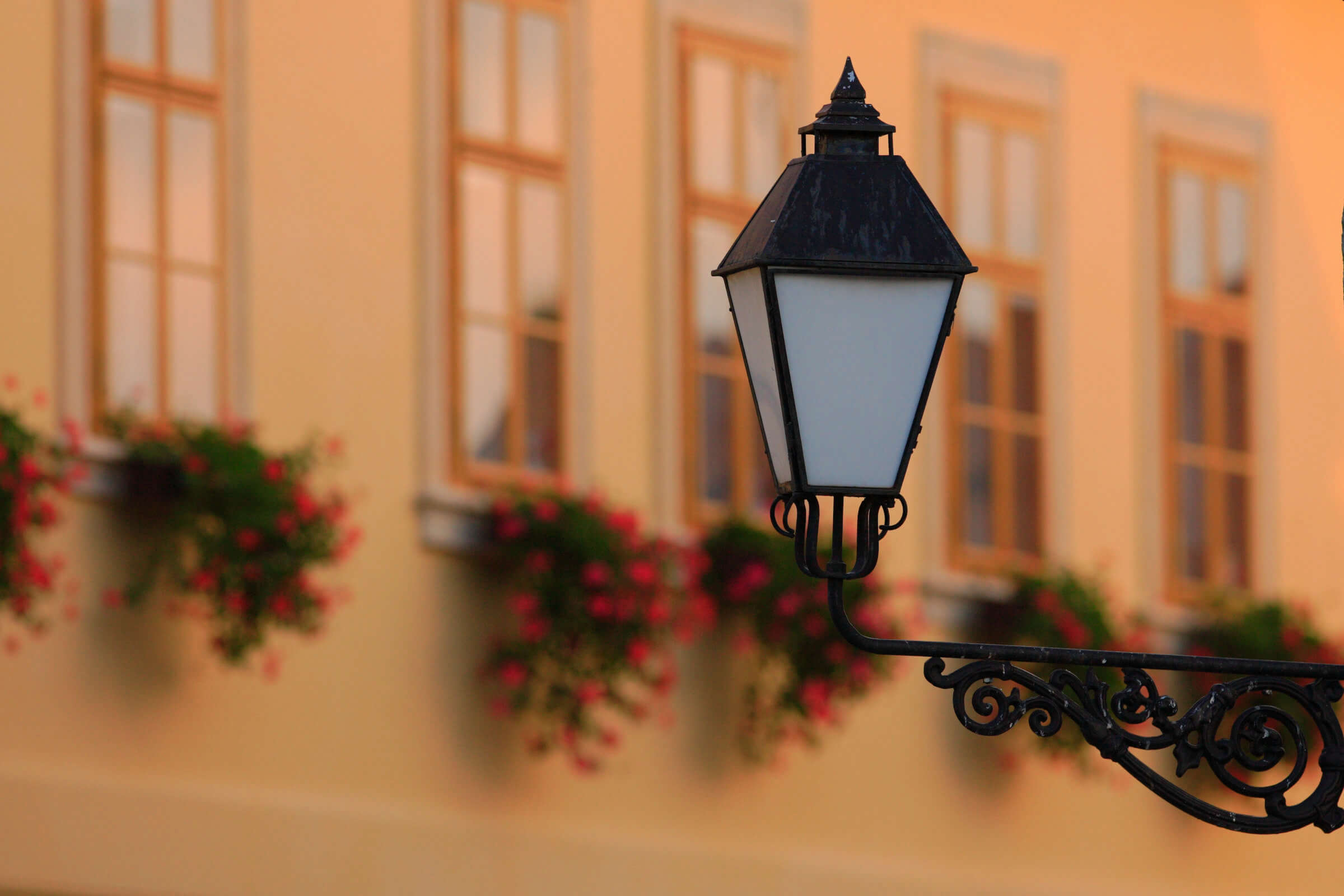
Osijek | Photo by Romulic and Stojcic
3. Soldiers, inns, and prostitutes
At the end of the summer, the Tourist Board of the City of Osijek organized free tourist tours of the Fortress called “Fortress: soldiers, inns and prostitutes” (only for adults!). The perfect opportunity to meet the naughty side of Osijek.
The tours are led by a friendly tourist guide Stanislav Subotic, who welcomed his guests disguised as a resident of the Lower Town, whom the woman reported to the police that he had not returned from the prostitute for six weeks. The Museum of Slavonia and young historians from the Faculty of Philosophy in Osijek also helped him prepare the tour. At the moment, they no longer have free tours, but those interested in a thematic tour can contact the Osijek Tourist Board and Mr. Subotić, who will surely enhance their experience of the city.
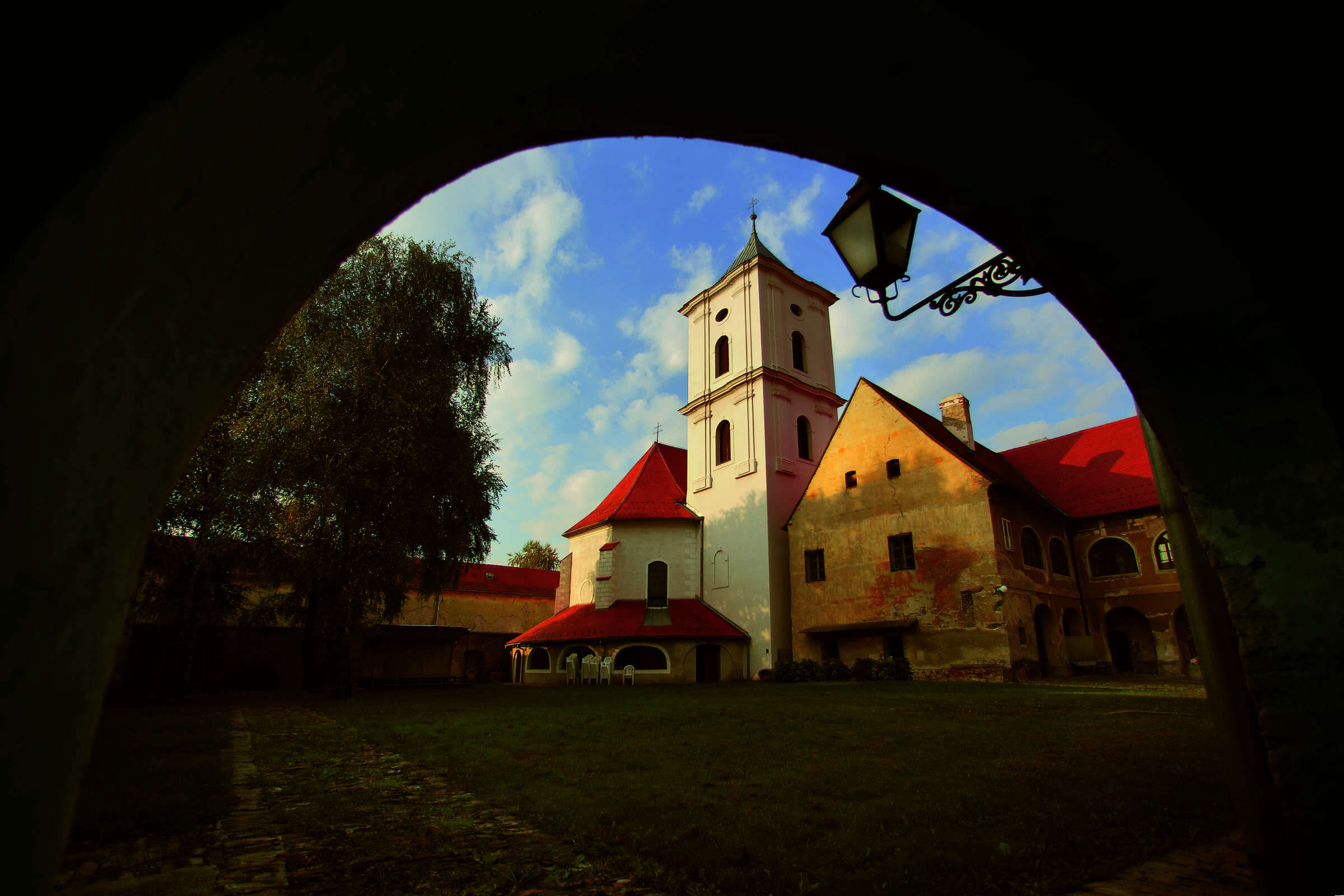
Osijek | Photo by Romulic and Stojcic
4. Osijek is one of the greenest cities in Croatia, and sphinxes guard the entrance to a park
Large parks and gardens, especially those around the fortress’s ramparts, were built on the principle of ‘pleasant and useful’ to keep the city away from cannons from the city walls. During your visit to Osijek, you can enjoy the greenery of the park of King Tomislav, the gardens of Croatian kings, or the young Park of the newlyweds, where young married couples once planted the trees of their love.
One of the more unusual parks is Sakuntala Park. It was named after a girl from Indian mythology who was sung by Indian poets and Goethe. The park is adorned with sphinxes at the entrance, and when you see them, you’ll remember why we warned you: Their eyes are up!

Osijek | Photo by Romulic and Stojcic
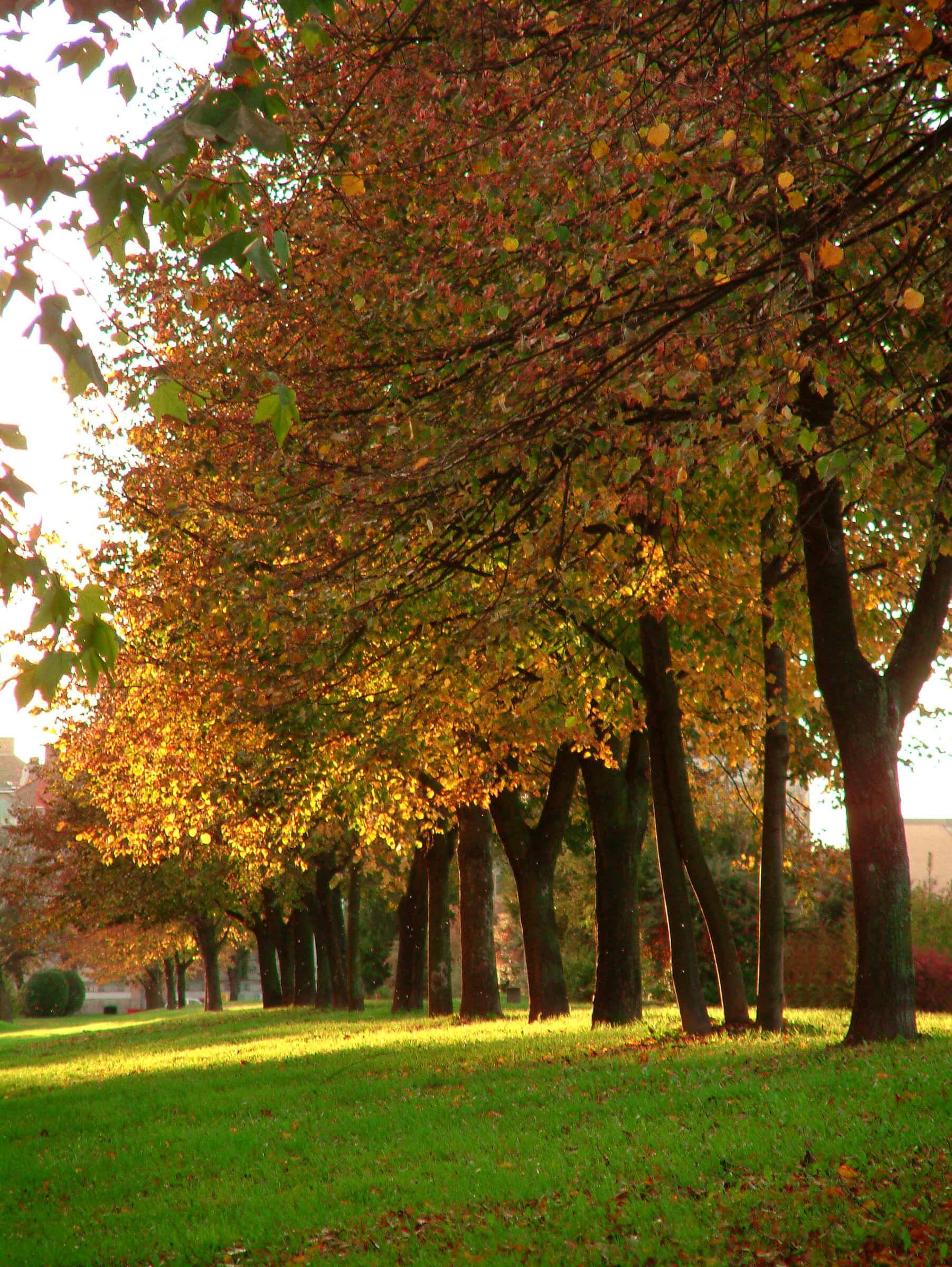
Osijek | Photo by Romulic and Stojcic
5. “Kompa” (Friend), tireless scaffolding on the Drava
For a hundred years, Kompa has been tirelessly transporting passengers from one bank of the Drava to another, often when they intend to visit the Osijek ZOO on the other side. This is why many people remember their childhood when they sailed on a trip with their parents.
This ecological boat uses only the Drava River’s currents for driving, but don’t worry, so as not to end up in a panoramic tour of Slavonia and Srijem on the Danube, your comp holds a steel rope. Of course, you always have the option to eLEGAntly* cross the Drava River over the Pedestrian Bridge (Bridge of Youth).
*Lega is a name for a friend, a colleague, in the spirit of the Osijek dialect.
6. Copacabana Beach or locally – Kopika
To refresh in the summer months, locals and guests alike prefer to look for in public baths and swimming pools. The largest and most visited Drava beach is called Copacabana. With a thorough and systematic reconstruction, there is a recreation center that will soon shine in a new edition.
It is ideal for walking along the Drava Promenade along the Drava, where there is enough space for walking, cycling, or enjoying the view on a bench or with a cup of coffee in one of the “river” cafes.

Osijek | Photo by Romulic and Stojcic
7. Slavonian cuisine to protect against winter
Fresh cheese with kajmak, Kulen, fried bacon, meatballs, fish stew, river specialties of carp and catfish, shepherd’s pie, Sataraš, cabbage flakes, plum dumplings, jam, chocolate from Osijek factory Kandit… Need we say more? With all that, you can refresh yourself with a homemade invention: a black Radler. After all, they say that Osijek is still the birthplace of the first Croatian beer. And for wine lovers, there is the best from the famous wine cellars of Slavonia and Baranja: Pinot, Chardonnay, Merlot, Grasevina…

Osijek | Photo by Romulic and Stojcic
8. Mother of cats
Here is a temple for all crazy cat people: the famous baroness and humanitarian Pauline Hermann statue would not attract so much attention if cats did not keep her company. Namely, the baroness was a great lover of animals, especially cats, so the people of Osijek immortalized her with a statue and a nickname: Cat Mother.
9. The egg from which Osijek hatched
On Ban Jelačić Square, there is a statue of a cracked egg, which symbolizes Osijek’s birthplace. It is a memorial to the ancient Roman city named Mursa, located here from the 1st to the 5th century AD.
10. Mill – mill on the Drava
There used to be many mills on the Drava, and having a mill on the Drava meant serious work. Although the mills ceased to operate during the Second World War, in honor of the old days and the respectable occupation of millers, the project “Miller’s Way” was launched, which included a replica of the mill intended public education.
11. The main square, a group of citizens and a mysterious elephant
On the main, Ante Starčević Square, a “group of citizens” embodies all the inhabitants of Osijek in their diversity. But there is also a touch of exoticism in the form of an elephant statue on the building’s front. There are several versions of why the elephant is in the square. One story says that it was set up by an Osijek merchant who probably wanted to attract customers from the far eastern regions or learned from those parts that an elephant brings good luck. Another says that while the circus was passing through the city, an old elephant at the head of the procession fell to the ground and died. Two brothers of a butcher from a nearby butcher shop “took care” of the body, and from that moment on, the purchase of meat in that butcher shop was called “I’m going to the elephant”.
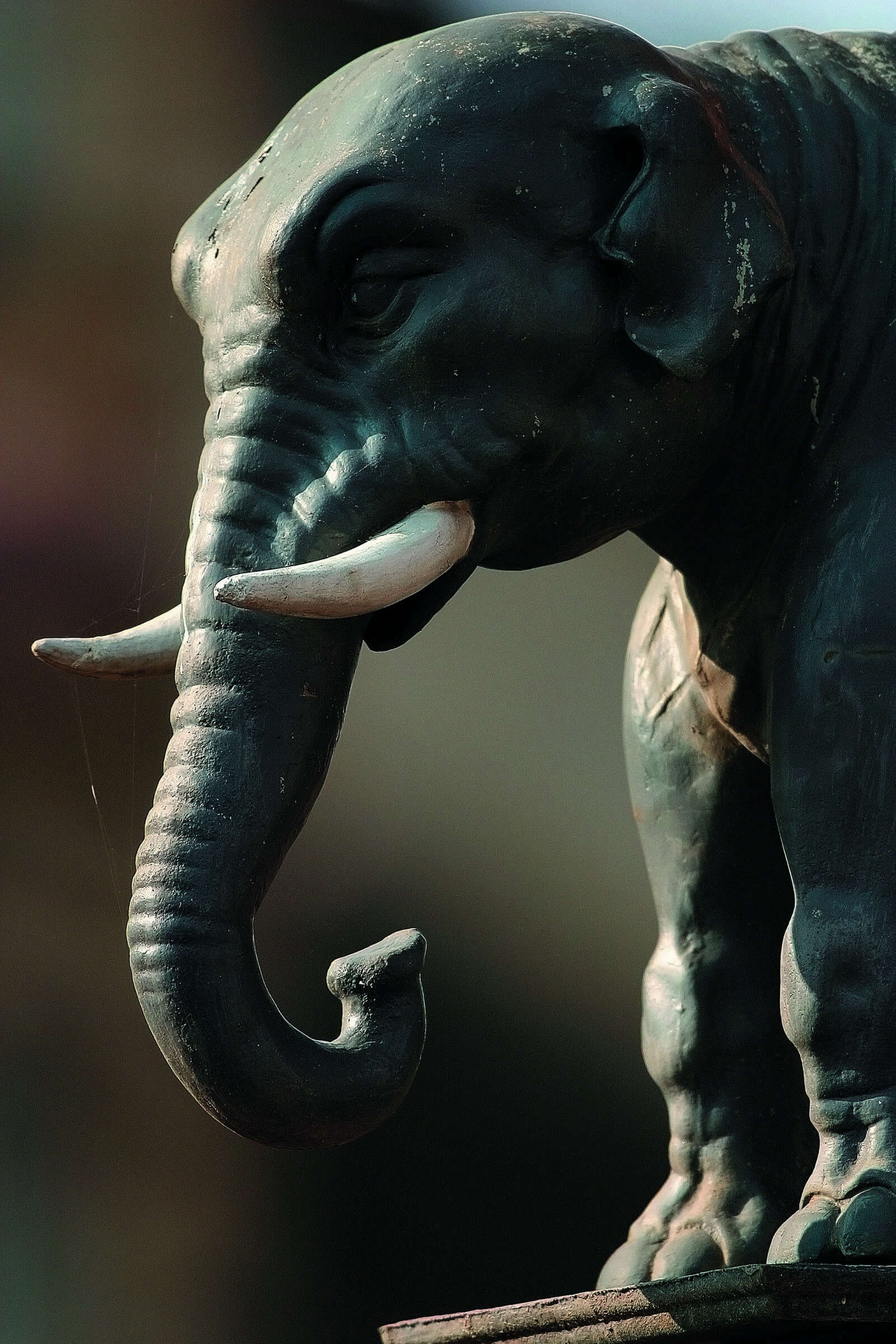
Osijek | Photo by Romulic and Stojcic
12. City of Art Nouveau
At the beginning of the 20th century, Osijek was the stage of European architecture trends, and the Art Nouveau left the most beautiful trace. If you walk along European Avenue, you will have the opportunity to see magnificent examples of urban villas from that time. Still, there are other buildings such as the Main Post Office, Urania Cinema, and the so-called Knopp houses built in the style of “Gingerbread Art Nouveau”.
Pride in heritage is also expressed through various projects and festivals. Culture lovers strive to revive and nurture the artistic direction that has made up the city through tourist tours, lectures, concerts, exhibitions, and workshops.
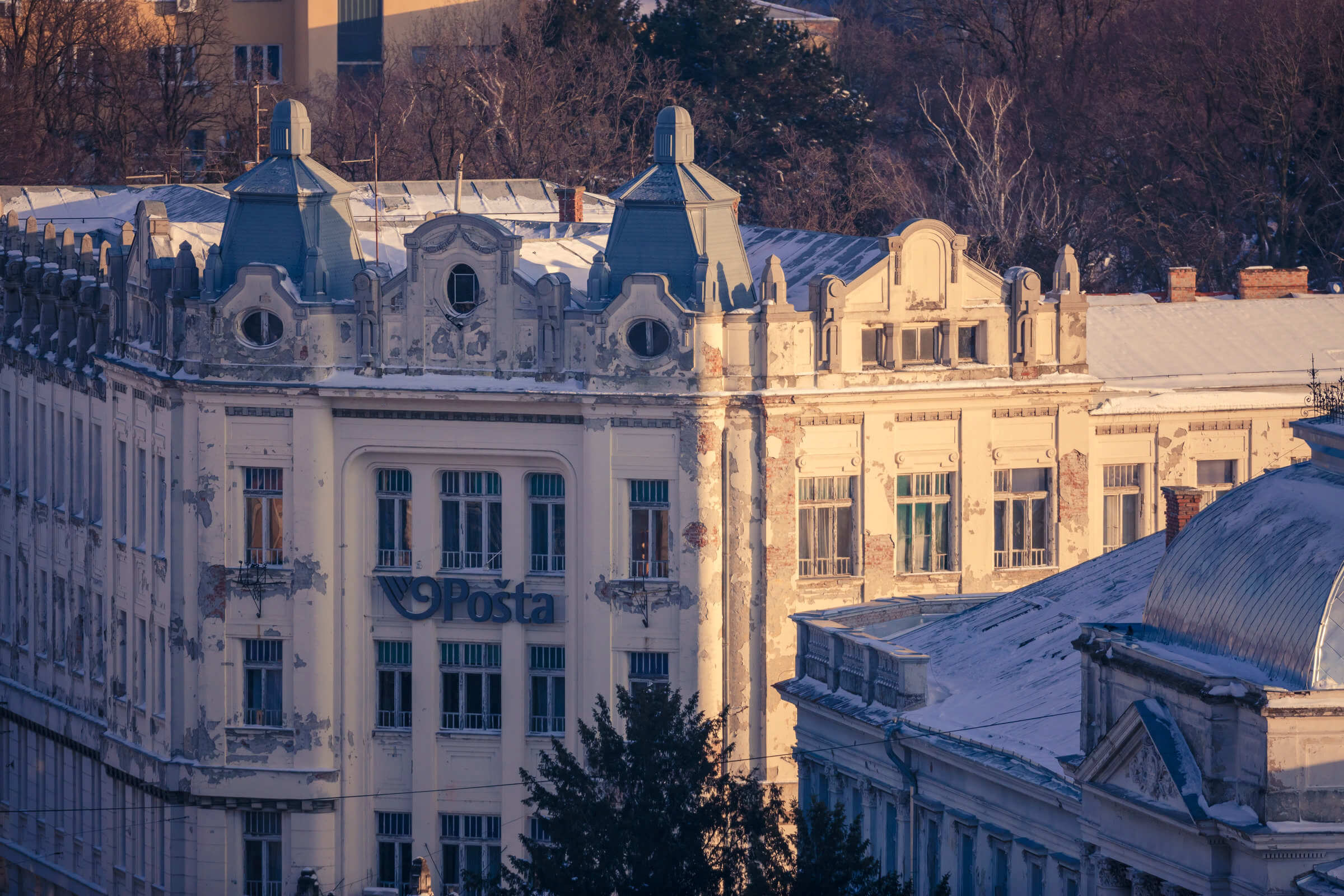
Osijek | Photo by Romulic and Stojcic
13. Watch the film in the cinema in the city of Oscar winner Branko Lustig
The well-known Croatian producer and actor who won an Oscar for his films, Schindler’s List and Gladiator, is a native of Osijek. Because of his Jewish blood, as a child, he was imprisoned in a concentration camp. He later attributed his survival to the camp to an officer from the Osijek area, just like him, and knew about his father. In the name of domestic cinema, visit Osijek’s Urania Cinema. The cinema building was erected in – you guessed it – Art Nouveau style. Even if you don’t get to Osijek, you can bring a little Osijek spirit into your stay with the famous Osijek Oscar winner’s film classics.
14. Cannonball – an attraction that no one planned
On Županijska Street, in addition to the HNK building and the County Palace, a skilled eye will notice a small attraction stuck in the wall: a black ball believed to have been accidentally fired from the Fortress in the 19th century. Since this happened in peacetime, it is believed that the cannonball fired was an unfortunate consequence of the military cannon game after a merry evening in the city.
15. Čaruga, a Slavonian bandit or Robin Hood?
At the beginning of the 20th century, the robber Čaruga gladly came to Osijek. Numerous legends depict his hard life and plundering exploits. By teaming up with other bandits, he became part of the so-called “Kola gorskih tića”. Together, they plundered wealthier citizens. He was sentenced to death by hanging and said goodbye theatrically to life with the words “Goodbye people, Čaruga is traveling!”. For some, Robin Hood, for some an ordinary robber, but indeed an interesting figure whose life decades later intrigued historians and artists. He was buried in the Osijek cemetery of St. Ana, and several books have been written about his character, and several films have been made.
16. Revive your childhood with Jagoda Truhelka
Most grew up with Osijek writer Jagoda Truhelka and her collection of short stories, “Zlatni Danci”. She talks about his family and the people of Osijek’s everyday life, so this could be one of the most beautiful guides before visiting Osijek. Part of her family’s legacy is kept in the Museum of Slavonia in Osijek.
17. With a small, red Fico car against tanks – a monument to the courage of the little ones
When the tanks took to the city streets in 1991, Osijek defender Branko Breškić decided to stop them by parking his Fićo in the middle of the intersection. The tank crushed him mercilessly, but the scene remained eternal: like David and Goliath, the little red Fico remained a symbol of courage and resistance to a stronger enemy. Today, this scene is immortalized in an art installation in which Fićo won in the end. Its location is at the intersection of Trpimirova and Vukovarska.
18. Urban monument: Unconquered city
After the occupation of nearby Vukovar during the Homeland War, the message of the late defender Predrag Sušac appeared in Osijek: Osijek – an unconquered city! Today, this legendary inscription is protected as a cultural asset, and you can see it at the intersection of Trpimirova and Divaltova streets.
19. Stadium Gradski vrt and Kohort of the city on the Drava
“There is an echo from the east, the champion’s name is Osijek” – so sing the fans of NK Osijek, Kohorta. They took their name from the name for the infantry part of the Roman army’s legion, which is not without reason because members of the Roman cohorts were once stationed in this city. Home games are held at the City Garden Stadium, from which many probably already know the inscription Grad na Dravi (the City on Drava River). There are also city swimming pools near the stadium, although we are sure that they won’t be needed as long as Osijek has Copacabana. At least until winter.
20. Museum of Slavonia
The Museum of Slavonia is one of the oldest museums and the largest general museum in Croatia. Through many collections from the fields of archeology, ethnography, art, history, etc., thousands of objects have been preserved. The native collection of Essekians focused on the history of Osijek and its cultural and social development, stands out. Through Osijek’s stories, we can often come across the term Esseker and the Esseker dialect when we talk about language. It is an old Osijek-German dialect that is now extinct. But the term Esseker in a speech today is also a symbolic term for Osijek’s people, especially those who are strongly attached to the city.
Come to Osijek and say ‘Kum, af a deci rakouci”. Apparently, it should bring you a rakija. Fingers crossed!
For the latest travel info, bookmark our main travel info article, which is updated daily.
Read the Croatian Travel Update in your language – now available in 24 languages
Join the Total Croatia Travel INFO Viber community.

